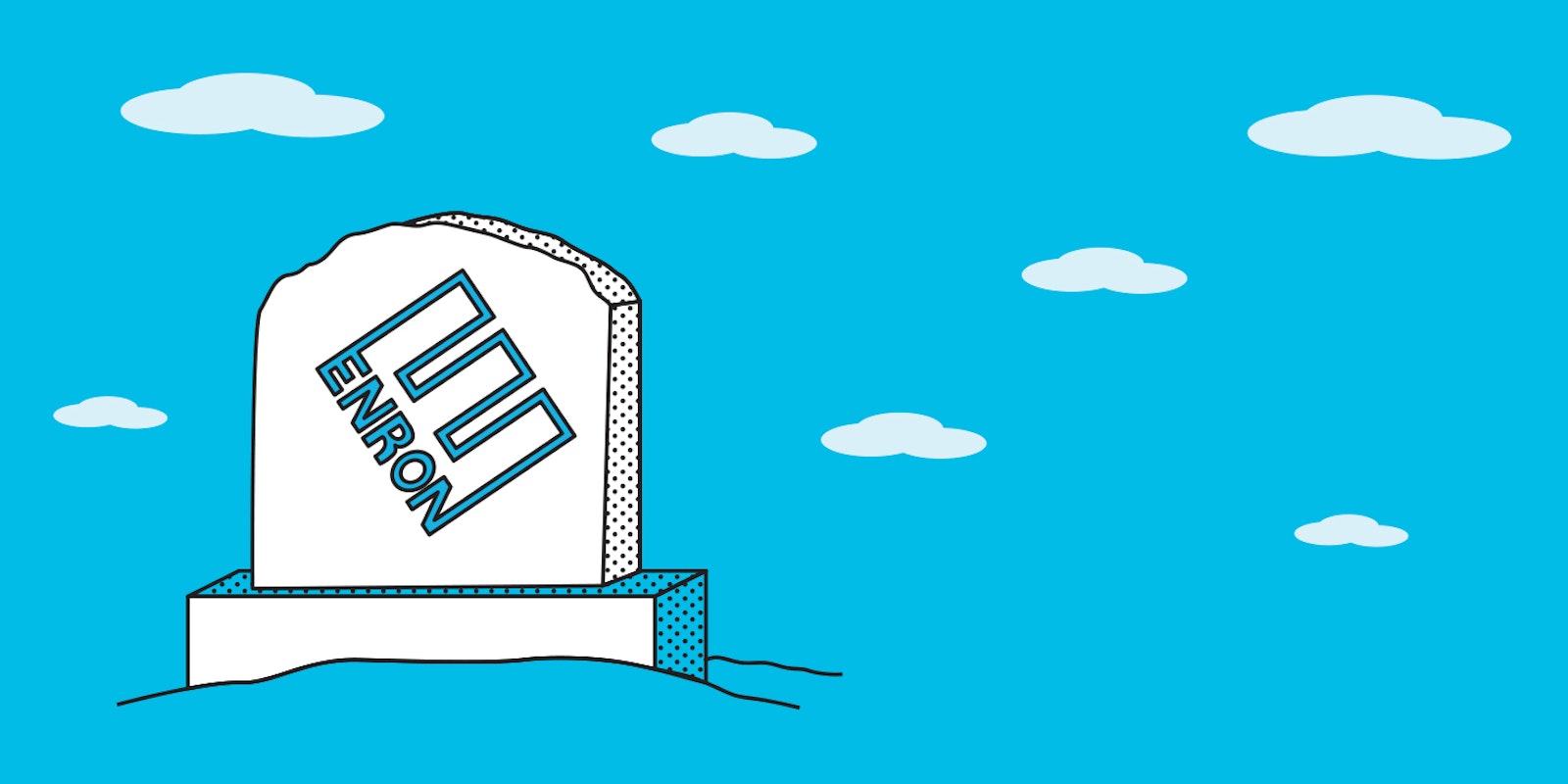
Organic Intangibles
Are you measuring your organic intangible assets?
You don’t buy them at your local co-op. In fact, you don’t buy them at all. They are the assets you grow yourself and they rarely appear on your balance sheet. Quarter-by-quarter and year-by-year, a leadership team is making decisions that impact these organic intangibles. Many teams are measured by return on balance sheet assets—which rarely include these lovely organic intangibles. Okay, but what does this mean for the average investor?
There’s a movement afoot to better understanding how marketing and other management decisions contribute to or detract from organic intangibles - and brands, in particular. If you’re unaware, you should pick up a copy of The Physics of Brand or watch this panel discussion, Brand Valuation: Brilliant or Bullshit. Although brand assets are usually one the largest organic intangibles, few corporations measure them and even fewer use value measurements to make decisions.
Let’s look at the chart and pick out a couple of retail brands to consider against the industry as a whole. Like an ultrasound scan, the market’s stock values reveal the value of organic assets, shown in green. Macy’s is a particular favorite of mine because they mothballed the Dayton’s and Marshall Field’s brands and proceeded to “harvest” the Macy’s brand using sales events, low quality product and extremely poor customer experiences. Would this retailer look different if management was expected to deliver a return on both tangible assets and intangible brand assets? If you believe, as John Gleason does, that incentives drive behavior, then the answer is an easy yes.
But let’s consider each end of the spectrum: Abercrombie & Fitch vs Amazon. First the brand consuming all the oxygen in the room. Amazon has achieved the Wall Street darling, Princess of the Milky Way and Most Watched Brand awards, all at once. The large amount of green is certainly brand value and also captures their technology and supplier relationships, all of which contribute to Wall Street’s confidence in their future.

On the other end of the spectrum is a brand that has stepped on their poncho enough times for Wall Street to imply a negative intangible asset value — or, more likely, their tangible assets like store fixtures and inventory may not be worth what they paid for them. Yet, there it is, sitting at the bottom of the list screaming out to the world, “help us, please!” Brands obtain value by existing in the memories of their current and potential customers. Wall Street appears to have so little confidence in the brand that those memories have no value, at least operating under current management.
Abercrombie is the Enron of the retail industry, and even the Enron brand’s current owner bothers to spend money to keep it legally registered.
What does this mean for the general population of marketing professionals? When wall street’s confidence in a brand is this low, it is time to look for a buyer and one who can see a path to restoring brand value. It’s kind of like buying a home that was once a crack house, but being able to see the “bones” are healthy. With an overhaul, the house can become a home again.
When you step back and look at the state of an industry through the lens of intangibles, it changes your view. If you’re wondering what builds intangible value, you’ll have to buy the book or contact us to get the answer.
Cupitor Consulting and Renee Marino originated this Peer Group Market Value chart and co-authored The Physics of Brand.